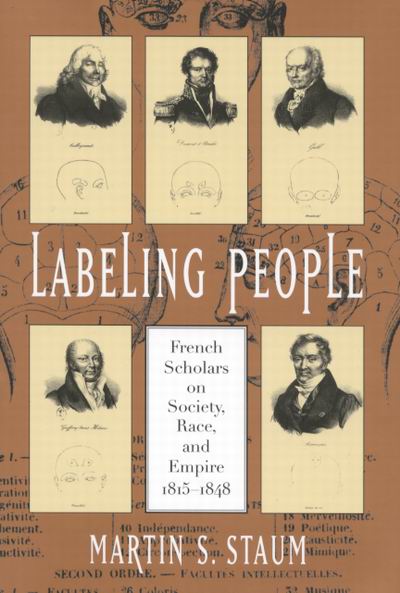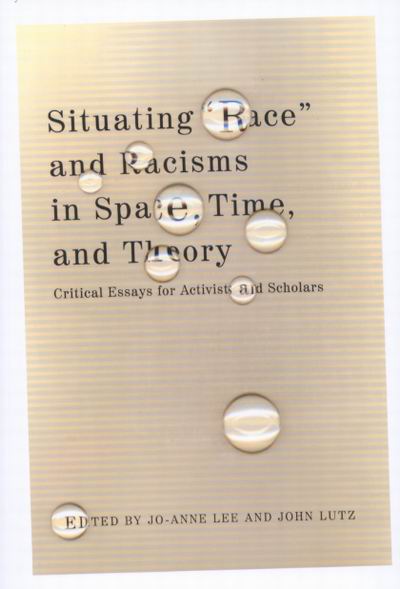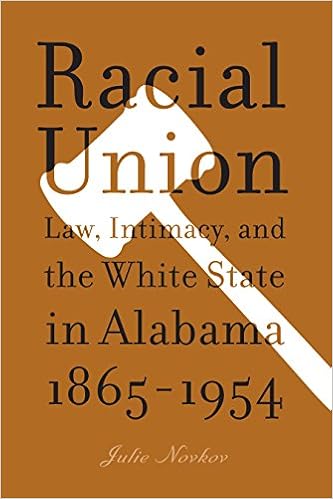Fence Sitters, Switch Hitters, and Bi-Bi Girls: An Exploration of “Hapa” and Bisexual IdentitiesPosted in Articles, Asian Diaspora, Gay & Lesbian, Identity Development/Psychology, Media Archive, United States, Women on 2009-11-18 21:36Z by Steven |
Fence Sitters, Switch Hitters, and Bi-Bi Girls: An Exploration of “Hapa” and Bisexual Identities
Frontiers: A Journal of Women Studies
Vol. 21, No. 1/2 (2000)
Asian American Women
pp. 171-180.
Beverly Yuen Thompson, Assistant Professor of Women’s Studies
Texas Woman’s College
I had been wondering about taking part in a student theatre project about being Asian American, and I said to Tommy, “The thing is, I don’t feel as though I’ve really lived the . . . Asian American experience.” (Whatever I thought that was.)
Tommy kind of looked at me. And he said, “But, Claire, you are Asian American. So whatever experience you have lived, that is the Asian American experience.”
I have never forgotten that.
-Claire Huang Kinsley, “Questions People Have Asked Me. Questions I Have Asked Myself.”
Claire Huang Kinsley articulates a common sentiment among multiracial Asian Americans regarding their racial and ethnic identity. She describes the reaction that her mixed heritage has provoked from Asians and Anglos, both of whom frequently view her as the “other.” In response to these reactions, her faith in her racial identity has been shaken, and she feels unable to identify herself-fearful of being alienated for choosing either her Chinese or Anglo heritage, or both. Although she knows that she is mixed race, the question that still plagues her is whether or not she is included in the term “Asian American.”‘
When I first read Kinsley’s article, I was elated to find recognition of a biracial Asian American experience that resembled my own. I have a Chinese mother and an Anglo-American father, as does she, and I am constantly confronted with questions about my ethnic background from curious individuals. Like Kinsley, I also question my ability to call myself Asian American because of my mixed heritage. However, in addition to my mixed heritage, I am also bisexual, which brings with it additional complications and permutations around my identity formation and self-understanding. The process of identity formation, especially of multiple identities, is complex and lifelong, and my experiences have been no exception.
Though I have always understood that I was mixed race, a true understanding of what this meant in terms of my self-understanding and my relation to the dominant culture and Asian American communities did not develop until I was much older. My first exposure to the political side of identity politics came at the ages of fourteen and fifteen when I began to develop a feminist understanding of the world around me. Then, at seventeen, I first began to call myself bisexual after two years of questioning my sexuality and believing that the only options that were available were either a lesbian or straight identity. Finally at the age of nineteen I began to uncover the history of Asians in America through my college course work and developed a newfound understanding of my racial identity and its political implications. Yet, as is usually the case, this process was never as linear as it may sound…
Read the entire article here.



